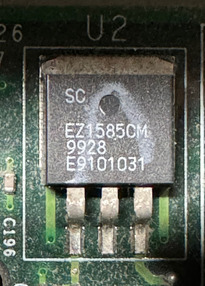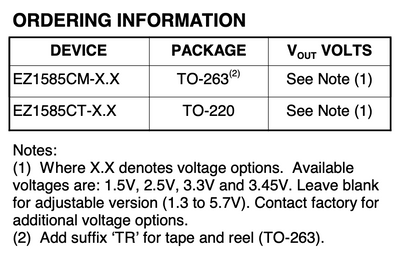First post, by sofakng
I have an IBM 300PL Pentium 3 PC which came with a 500 MHz Katmai CPU (500/512/100/2.0V).
According to the underside of the case, 500 MHz is the fastest supported CPU. However, Ancient Electronics blog said that he upgraded to an 800 MHz CPU and it worked.
Besides possible BIOS issues, is that safe to do?
It looks like the Coppermine Pentium 3's are lower voltage (1.75V) than Katmai (2.oV).
I'm assuming that I need to stick to 100 MHz FSB since that's also what this machine originally used (and the jumpers don't list 133 as an option)

